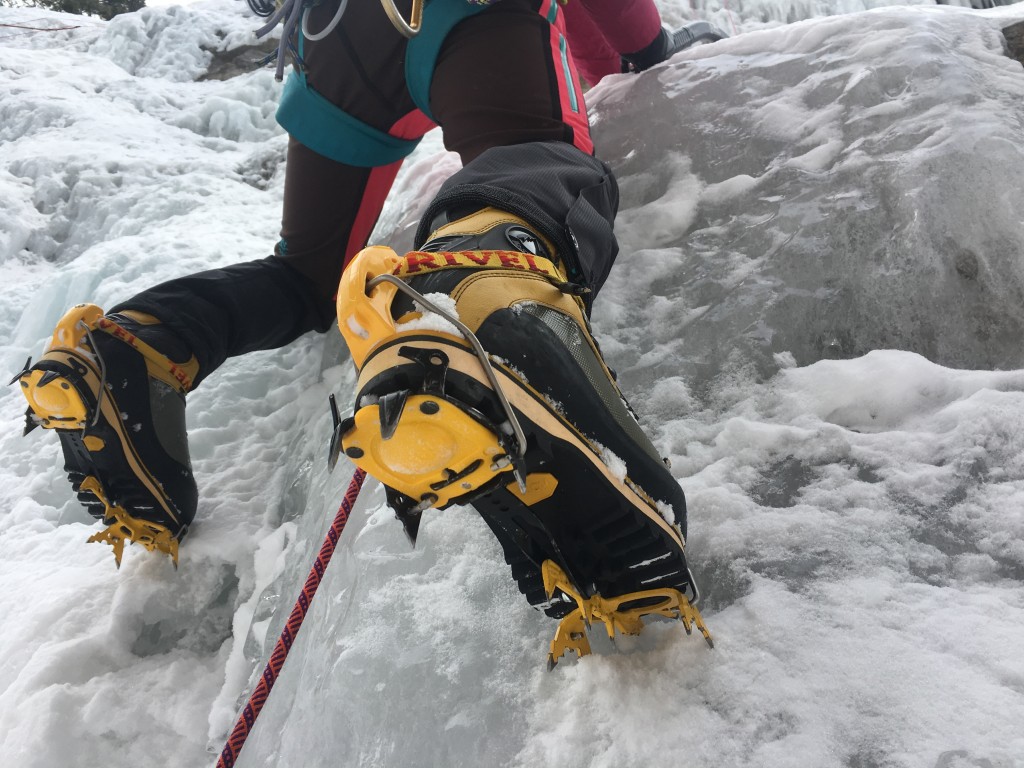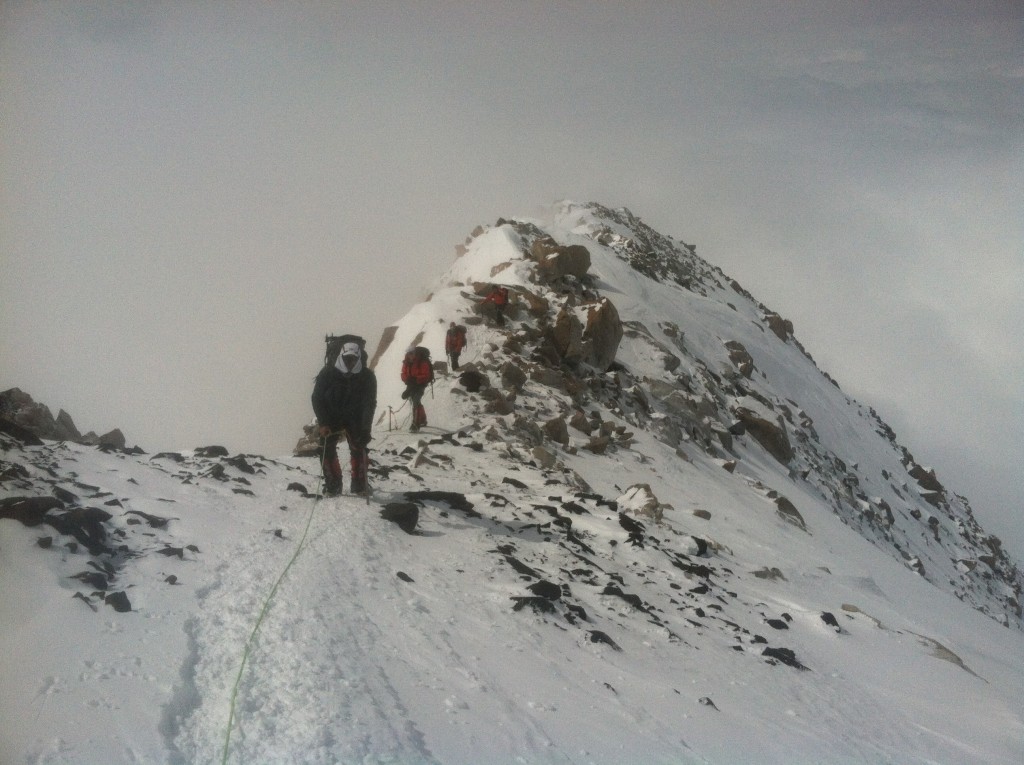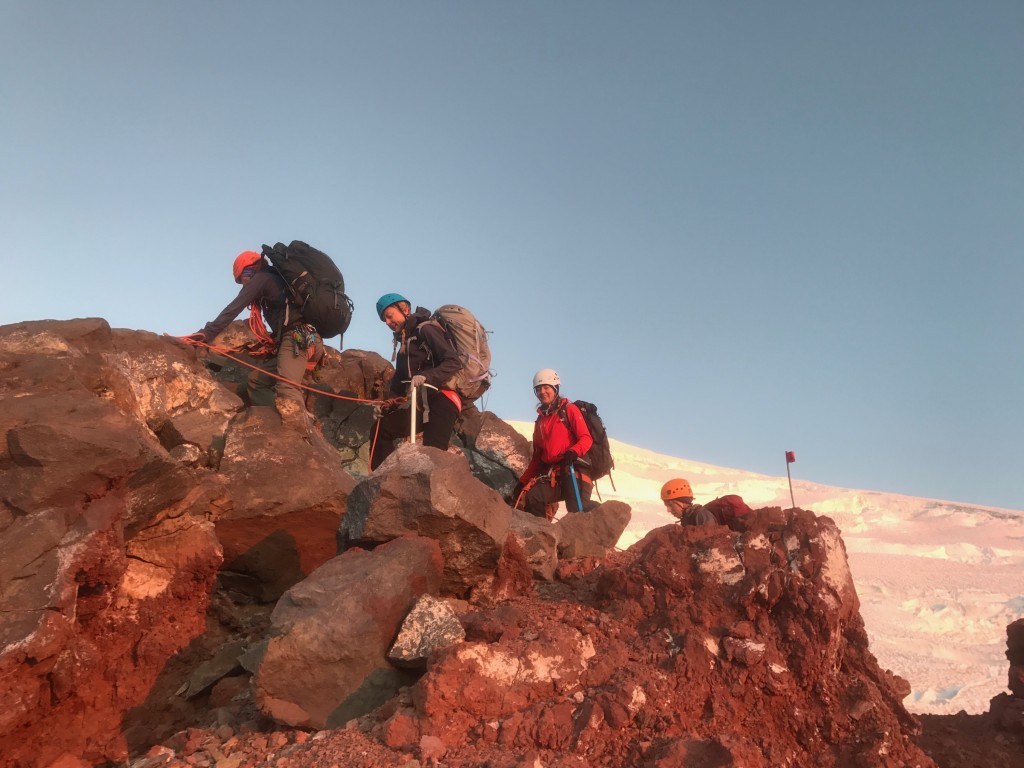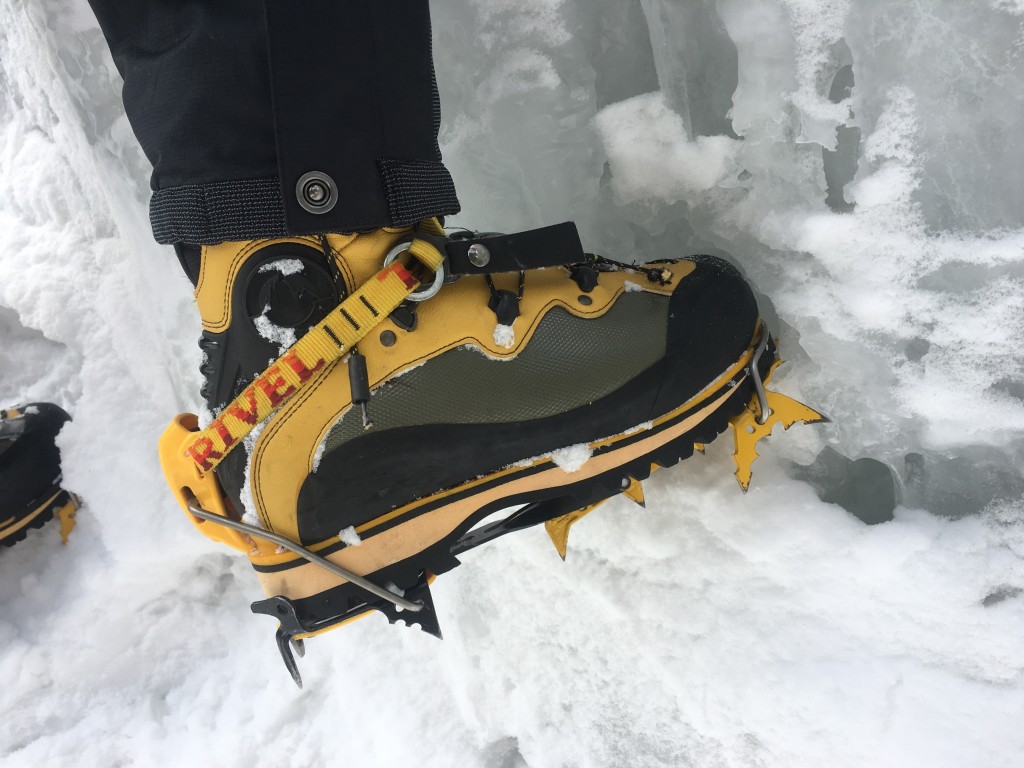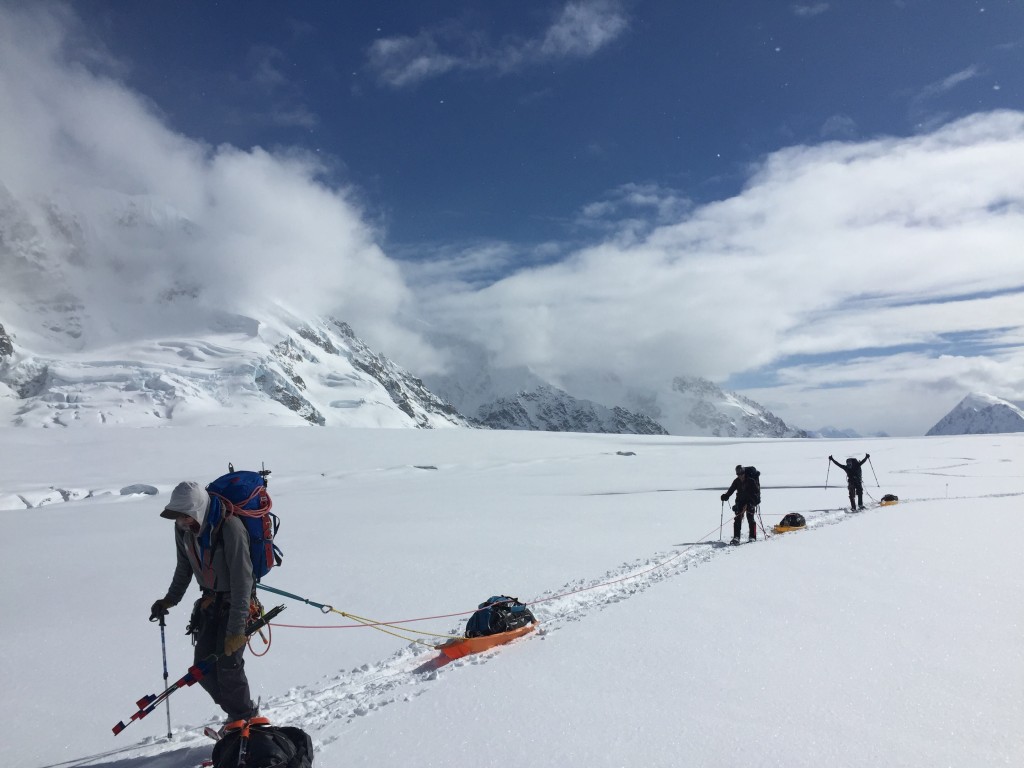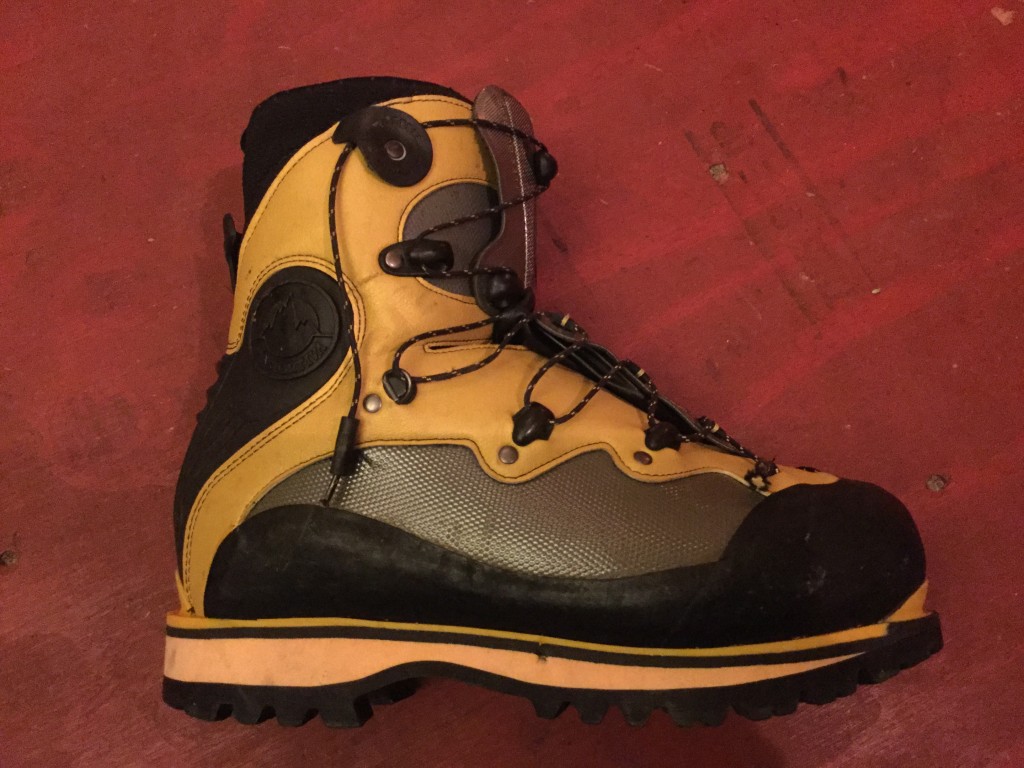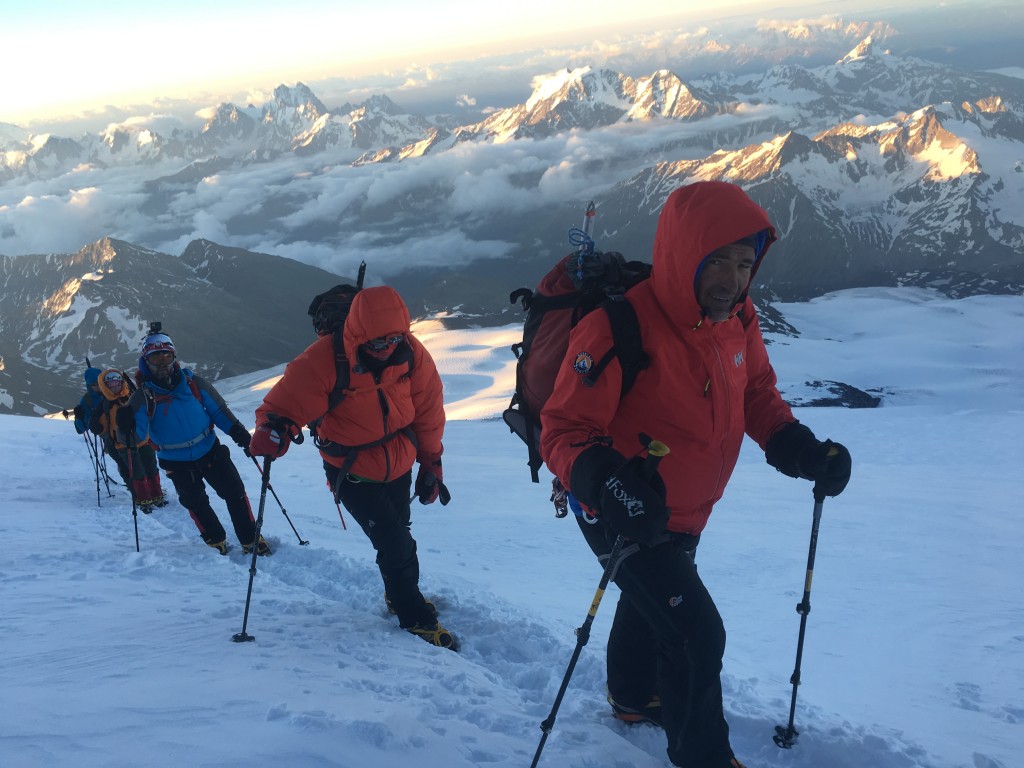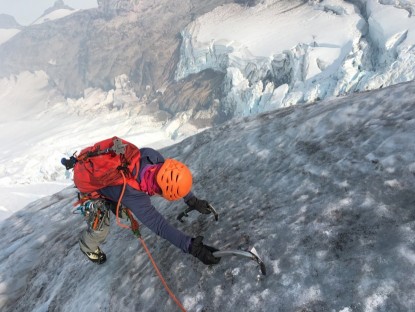La Sportiva Spantik Review
Our Verdict
Our Analysis and Test Results
The La Sportiva Spantik is a high altitude alpine climbing boot that performs well for women and men.
Performance Comparison
Weight
The Spantik is the heaviest boot among those in our women's review. However, this is misleading. Or, it is a clue. You guessed it; it's also by far the warmest in this review. This boot is phenomenally light for how warm it is. If you've ever worn the old school double plastic boots for an expedition, these double synthetics will feel like a dream come true.
The light weight also makes this boot a better fit for women, in very general terms. Since women tend to be lighter than men of the same height and/or foot size, the weight of a boot will become, like backpack weight, a more significant proportion of her body weight. Additionally, the lighter materials are more supple, allowing a lighter person to flex the boot more efficiently. We would still love to see more alpine climbing boots built from a woman's perspective, but for now, we are relatively pleased with the Spantik.
Warmth
The Spantik is incredibly warm for its weight. They are typically considered a 6000m boot, but for extreme high altitude climbs like Denali, we add a neoprene overboot once we get to high camp at 17,000 feet.
The Spantik is a double boot, similar to the old school double plastic boots, but it is all synthetic and leatherette (synthetic leather), making it much lighter, more comfortable, and more dexterous.
Be sure to size the Spantik 0.5 higher than your standard Sportiva boot size. For example, if you wear a size 40 Nepal, you should be spot on 40.5 in the Spantik. This will ensure you have enough wiggle room to keep your toes warm.
Water Resistance
The Spantik is not a waterproof mountaineering boot. It is a high altitude alpine climbing boot—and usually, it doesn't rain—or melt—up there. However, to access said high altitude peaks, you must walk for days at lower elevations. Our biggest gripe with the Spantik is that it is not waterproof. When low on the Kahiltna after climbing Denali late in the season, these boots got wet in the warm, slushy, scary snow of late season in the Alaska Range. Even worse is the descent from an early or late summer climb of Mount Rainier where you appreciate the added warmth up high (seriously, this mountain can require double boots year round), but they get saturated as you descend the Muir Snowfield in the heat of the day.
Fortunately, these are double boots, so you can remove the inner liner and accelerate the drying process. Keep those liners in your sleeping bag with you at night to keep them dry and warm—even a little sweat can turn those liners into a popsicle by the morning.
Rock Climbing Ability
The Spantik look like big, clunky mountaineering boots, but rest assured they climb easy alpine rock routes very well. The sole holds edges well, and the ankle flexion is sensitive enough to allow you to control your foot motions surprisingly well for a boot of this size.
Ice Climbing Ability
Our favorite boot in this review for ice climbing was the Nepal. However, for frigid ice climbing adventures, the Spantik does, again, surprisingly well. For our female reviewers, the heel cup wasn't quite as good a fit as for our male reviewers, so we did get some heel lift after kicking our front points into the ice and standing up. Overall, it offers decent performance and is certainly an excellent boot for cold expeditions involving moderate ice climbing.
Hiking Ability
This is not a hiking boot. However, you may need to trek across dry ground at some point during a high altitude expedition. The sole rocker and hinged ankle make this boot flex well enough to manage some mileage on the trail. The full shank is excellent for snow, ice, and decent for rock, but makes walking more difficult—but hiking is not the focal point of this boot, so it makes sense.
Durability
The Spantik are designed for use on snow, primarily. We strongly discourage taking these on an expedition to Aconcagua, as the rocks, trail, and dust will chew through the soft materials very quickly.
The laces held up surprisingly well in our testing (over many seasons and many years), but some reviewers have had some durability issues. The plastic trim tends to delaminate, which is not a complete failure but can be annoying.
Best Application
These boots are designed for expeditions and alpine climbs at altitude, around 6000m, in general. They do well on a variety of mountain activities, from walking, climbing steep snow, to climbing steep ice and rock.
Value
The Spantik is an expensive pair of boots. We like to think of them as our “fine Italian footwear.” But another thing to consider is how much is each toe worth to you? This boot is pretty expensive, but we think a toe is worth at least $75.
Conclusion
The La Sportiva Spantik is a fantastic high altitude alpine climbing boot. It is warm, lightweight, and dexterous, and climbs snow, ice, and rock with relative ease. This is an excellent choice for your 6000m peaks and can be extended to higher and colder objectives with neoprene overboots.



